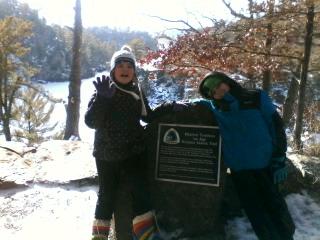
The Ice Age Trail Marker at Interstate State Park.
Today, my kids (shown in the photos) and I did a little bit more exploration of a nearby unit of the National Park Service, for the ARRL National Parks On The Air (NPOTA) event. There aren’t many actual National Parks within driving distance of the Twin Cities, but there are a number of units that are part of, or affiliated with, the National Park Service.
Another “National Park” Close to Home
I was suprised to learn that one of them was Interstate State Park in Wisconsin, which is one of nine Wisconsin parks included in something called the Ice Age National Scientific Reserve, an affiliated unit of the National Park Service (NPS). Therefore, an activation from this park “counts” for NPOTA, and today, I went to check out the possibilities. The kids had the day off from school and it gave them a chance to get outside.
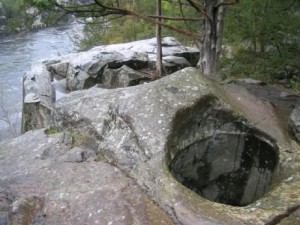
Glacial Pothole at Interstate State Park. National Park Service photo.
The “Ice Age” nomenclature for Interstate State Park is very fitting, because the landscape was carved out by the glaciers. The portion of the trail we were on today is called Pothole Trail, since it is the site of massive potholes carved into the rock by the combined action of glaciers and the rushing water as they receded. Over the eons, boulders got captured by whirlpools, where they ground deep potholes into the solid rock. Because of the snow cover, we didn’t see any today, but there are many examples just across the river in the eponymous Interstate State Park in Minnesota.
Good News for Parents of Fourth Graders
But more importantly, I had a selfish motive for bringing the kids along. One of my kids is in fourth grade. Under the National Parks Service Every Kid in a Park program, every fourth grader in the nation is entitled to a free pass to all national parks and other federal sites until August 31. They can bring with them an unlimited number of children, and up to three adults. Since Interstate Park has a connection with the National Parks Service, this means that I get in free, as long as I bring my daughter.
This represents a huge savings in money. The National Parks Service normally charges about $80 for an equivalent pass. And an annual non-resident vehicle sticker for the Wisconsin State Parks is normally $38. So the fortuitous circumstance of having a fourth grader in the household will represent a big savings. We buy a Minnesota State Park sticker every year, but don’t usually buy the $38 sticker for the Badger State. Therefore, free admission to this Wisconsin State Park is a nice added bonus for the NPS permit.
Confirming a NPOTA “3’fer”
The reason why I wanted to scout out the park is because it offers a unique opportunity to activate three NPS units. I’ve already operated from the St. Croix Wild and Scenic River, which serves as the park’s boundary. Therefore, any operation from the park within a hundred feet of the water will count as two units. But the park also serves as the Western terminus of the Ice Age National Scenic Trail. Today, I had to confirm that there was a location that would qualify for all three.
The National Scenic Reserve activation requires operation anywhere within the park’s boundaries. And the River requires operation from within 100 feet of the river. Operation from the Scenic Trail requires two things. First, the actual operating location must be within 50 yards of the trail, and must be reached using human power. In other words, it is not permissible to operate from a vehicle. Therefore, I had to confirm that there was a location within 50 yards of the trail that is also within 100 yards of the water. And the photos shown here confirm that there is indeed such a spot.
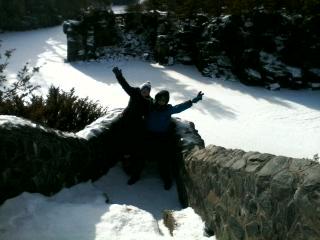
The viewing point just below the trail marker. The frozen river is directly below, as seen in the background.
The first photo at the top of this page is a marker indicating the Western Terminus of the scenic trail. There’s a parking lot less than a quarter of a mile from this spot, and it’s an easy hike in. The exact location of this boulder might be slightly more than 100 feet from the water, but the second photo shows an observation area, less than 50 yards from the trail marker, that is directly above the water. There’s plenty of room for setting up a radio and a small antenna, and I’ll certainly be operating from this spot later this year.
I did talk to the Rangers to make sure they were aware of the NPOTA event. One of them had already spoken to a local ham who planned to operate from the park some weekend. They confirmed that there were no problems with operating from the park, as long as hams don’t get in the way of other visitors. I reassured him that “Leave No Trace” principles were an important part of the NPOTA event.
I only had time to do a bit of operating. While the kids were sledding in the park (no, not near a cliff over the river), I set up my mobile antenna and called CQ. Unfortunately, this was at an elevation near the river, and it was a very poor location for RF. Nonetheless, I did work three stations, one in Texas on 20 meters, and two in Colorado on 30 meters. Interestingly, one of the stations I worked was also mobile.
Taking Advantage of the Reverse Beacon Network
I suspect that if I had been spotted on the DX cluster, I would have had a big pileup of stations looking for this still relatively rare unit, despite my poor operating location. I had announced the activation, but I suspect that few would be patient enough to wait for me, since I was unable to predict the exact time of my activation. However, this experience did highlight one tool that could be very helpful in locating weak NPOTA activations, the Reverse Beacon Network, an amazing system in which numerous receivers are constantly skimming the digital and CW bands looking for stations calling CQ. As soon as they are heard, they are immediately spotted.
Here’s what the Reverse Beacon Network picked up from me today and made available to anyone who wanted to look for it on the Internet:
As you can see, I was 19 dB above the noise at at least one location, and copiable at many others. In light of this experience, I encourage NPOTA chasers (and those operating similar events, such as Summits On The Air) to make use of this resource. If you know that someone is going to be activating a park you need, but don’t know the exact time or frequency, simply search for that call at ReverseBeacon.net. Even if you don’t plan to work the station on CW, this resource could be very helpful. Even if you can’t copy CW, you will get the exact frequency, and you’ll be able to hear them. When they stop, there’s a good chance that they are moving to phone. You’ll know how strong a station you’re looking for, and you can tune the phone band looking for them.
As an experiment, I did make a CW CQ on the phone frequency where I was frantically calling CQ. I was hoping that the Reverse Beacon Network would pick up this call as well. But as I suspected, it did not. It appears that the skimmers of the Reverse Beacon Network are scouring only the CW portion of the band. Therefore, the network can’t be used to self-spot in this manner.
However, even if an activator is planning on working mostly phone, it would be a good practice to work CW or digital first, before QSY’ing to phone. Even if you don’t make any contacts on CW, it will let others know that you are on the air, and they will know to look for you on phone if you plan to operate there as well.
When conditions for outdoor operation get better, I encourage other activators to take advantage of the “3fer” status of this particular park. The spot I located was on the “Pothole Trail,” which can be found on the park map. For mobile activation of only the park, the best location is probably the parking lot of the Ice Age Interpretive Center, which appears to have the highest elevation of any of the parking lots in the park. It also contains a number of interesting exhibits regarding the nature and geology of the park. And it’s absolutely free, as long as you have a fourth grader willing to accompany you!


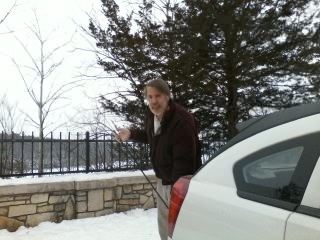
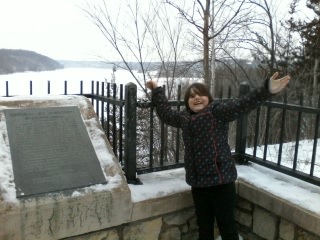
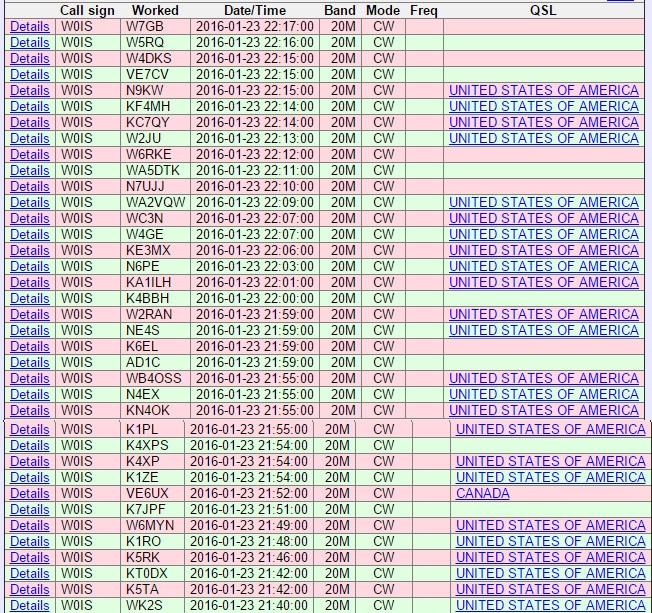
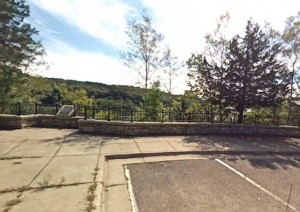
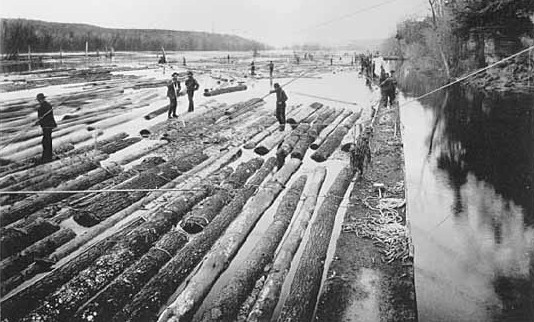

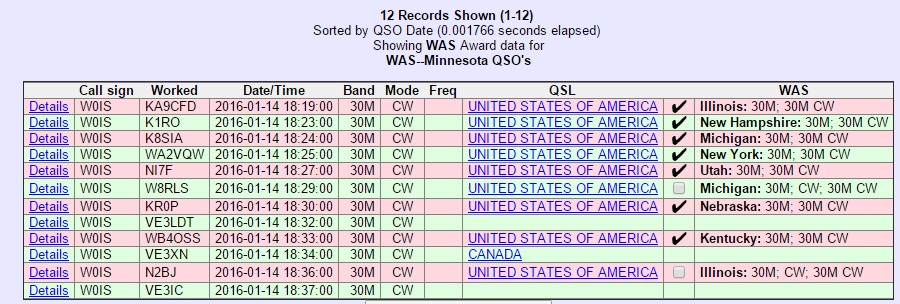 Winter weather precludes many outdoor operations, but even with cold temperatures, operating mobile from a warm car is a fun way to get out and get on the air. My next such operation will probably be from the
Winter weather precludes many outdoor operations, but even with cold temperatures, operating mobile from a warm car is a fun way to get out and get on the air. My next such operation will probably be from the